Join us on a tour of the main archaeological sites of Saudi Arabia, the new flagship destination of history enthusiasts.
In Saudi Arabia, it was for a long time Mecca and Medina that concentrated visitors. Indeed, the country, the cradle of Islam, which houses its two most holy sites, is a land of unmissable pilgrimage. But for some time, Saudi Arabia has been trying to develop and diversify its tourist offer. And by the way, she begins to meet a real success in this matter! It must be said that this land inhabited for several hundred thousand years houses real archaeological and heritage treasures.
Over the millennia and before Islam, the Arabian Peninsula has seen a multitude of peoples leave footprints in its landscapes. In Saudi territory, Homo Erectus succeeded famous civilizations, from Mesopotamians to the Romans and the Nabateans. In recent years, Saudi Arabia has embarked on a vast site to recover the archaeological remains of this rich History.
This work bears fruit and heritage is today one of the keys to its tourist development. Maybe you'll be on the trip too soon? We wish you, and invite you from here to discover in this article the most beautiful archaeological sites of Saudi Arabia.
1. Al-‘Ula
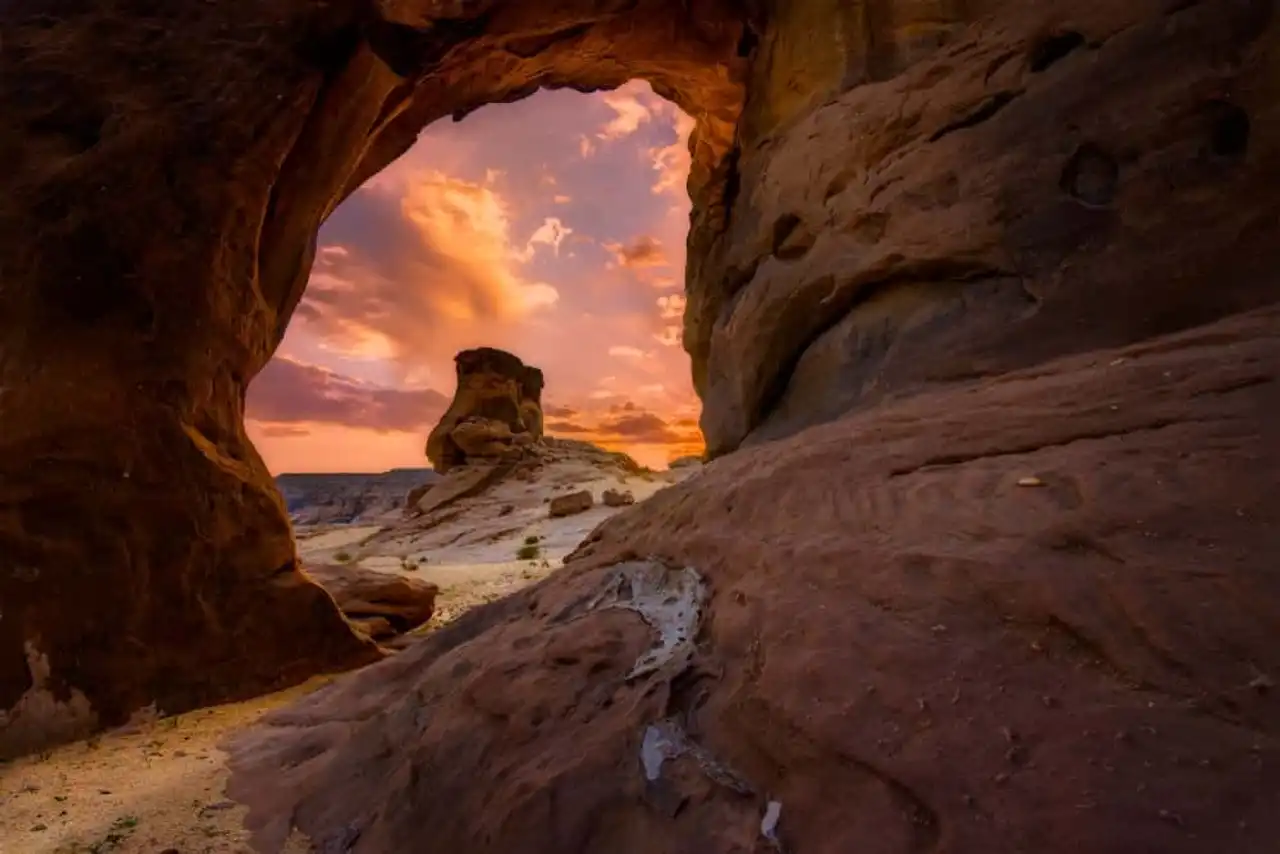
Photo credit: Shutterstock – RCU2019
- Conservation condition: ★★★★★
- Public knowledge: ★★★★★
- Historical influence: ★★★★
A great exhibition at the Arab World Institute in Paris , a host of articles, programs and conferences... It’s not much to say that the Al-‘Ula site has been talking about him in the last two years! This region of the northwest of Saudi Arabia has such archaeological heritage that the country has decided to develop a flagship project of valorization.
So today, it is a true and immense open-air museum that you can visit. Through the excavations, there are many tools dating from the Paleolithic, as well as traces of the Nazi, Roman, pre-Islamic and Islamic civilizations. We present you here two of the main sites of Al-‘Ula, but there are many others that are also worth a visit.
Hegra
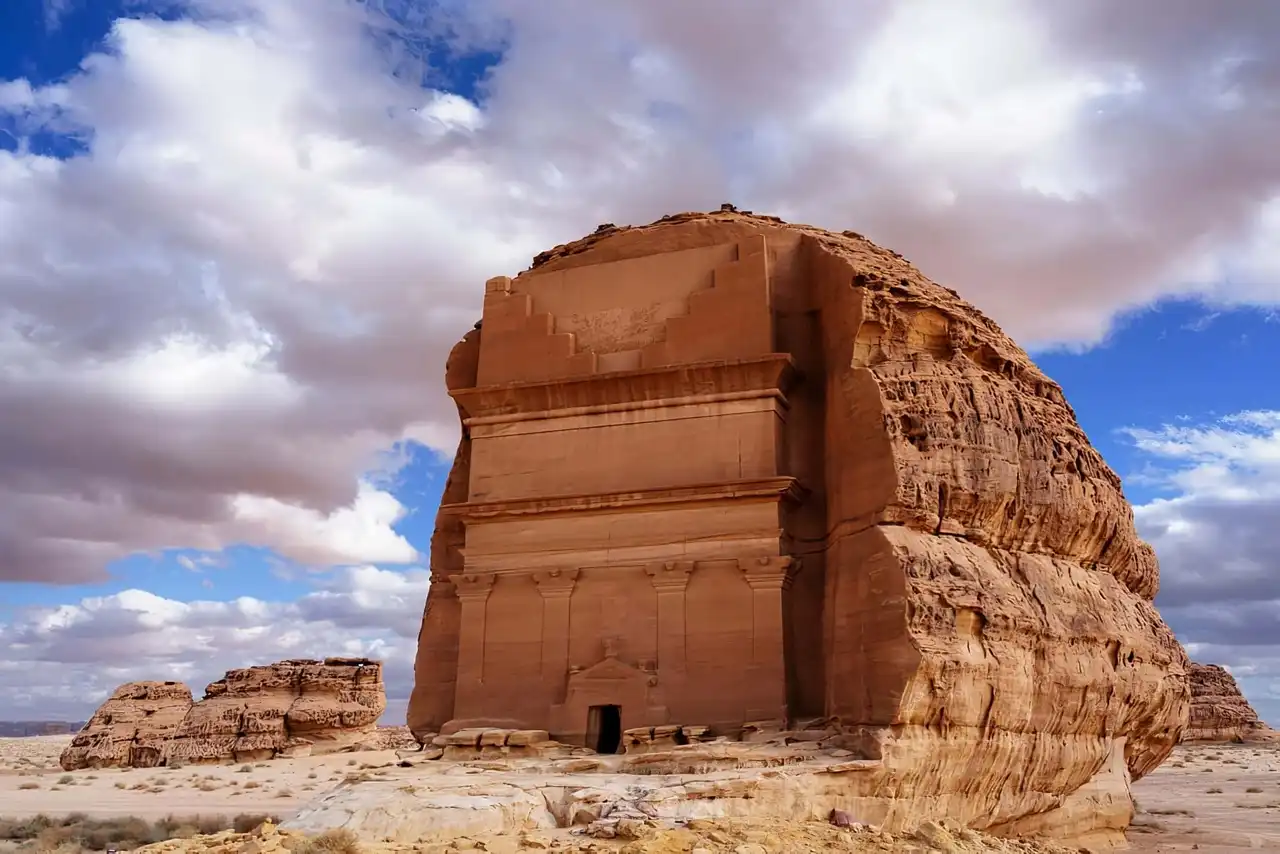
Photo credit: Shutterstock – Zaruba Ondrej
- Conservation condition: ★★★★★
- Public knowledge: ★★★★★
- Historical influence: ★★★★
Hegra is probably the most breathtaking site you will see in Al-‘Ula. Indeed, he was, in the same way as Petra in Jordan , one of the epicentres of the Nabatean civilization. On the one hand, the Nabateans developed ingenious systems of agriculture and irrigation, which are still traced today.
But Hegra is home to spectacular tombs in the rock that recall the monuments of Petra. If there is an unmistakable archaeological site in Saudi Arabia, it is Hegra, also classified as Unesco World Heritage!
Old Town
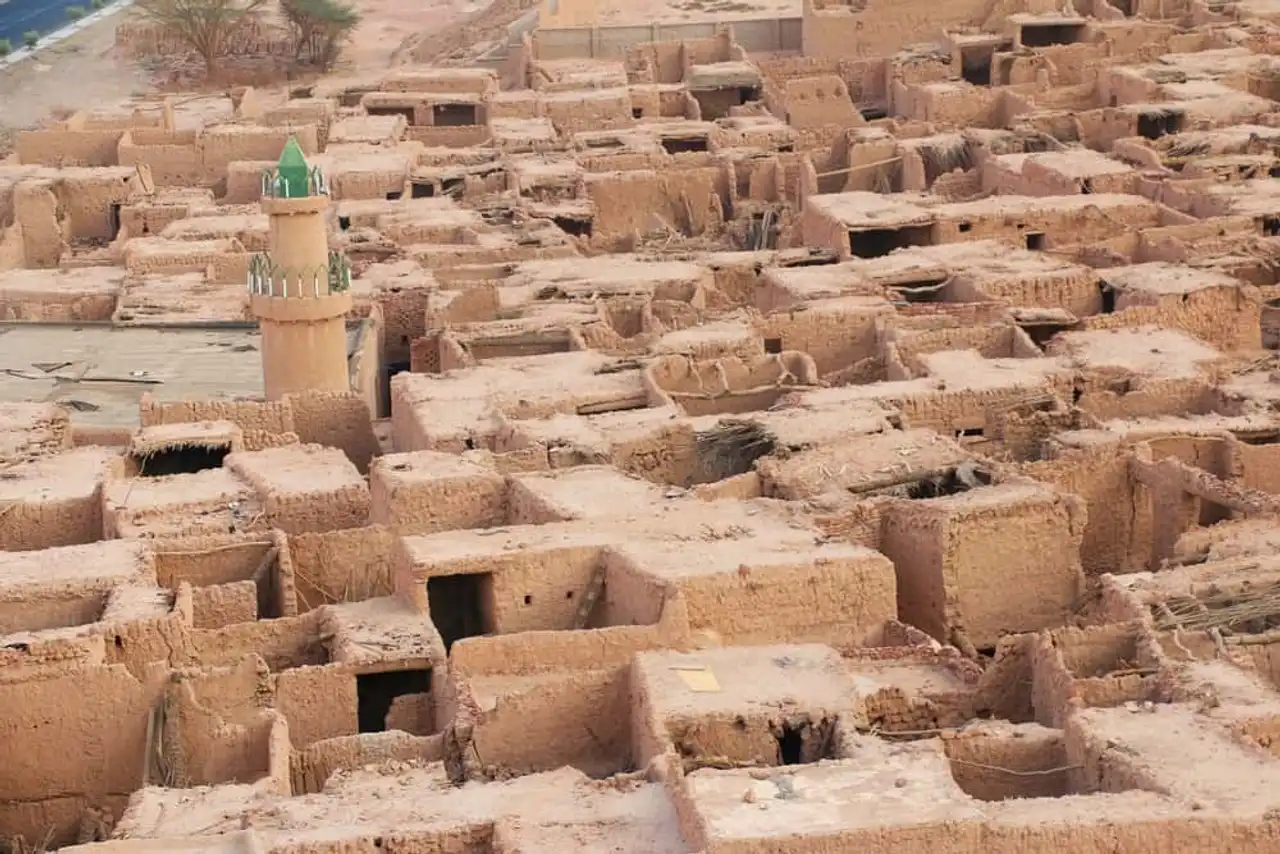
Photo credit: Shutterstock – Crystal Eye Studio
- Conservation condition: ★★★★
- Public knowledge: ★★★★
- Historical influence: ★★★
Here is another of the must-see jewels that will be given to you to discover in the Al-‘Ula region. Nestly less ancient than Hegra, the old town of Al-‘Ula still houses buildings that date back to the 12th century.
It was at that time that it became a centre on trade and pilgrimage routes and began continuous development. Today, the city still houses 900 old houses of land that form a preserved set and a moving testimony of the past.
2. Dir’iyah
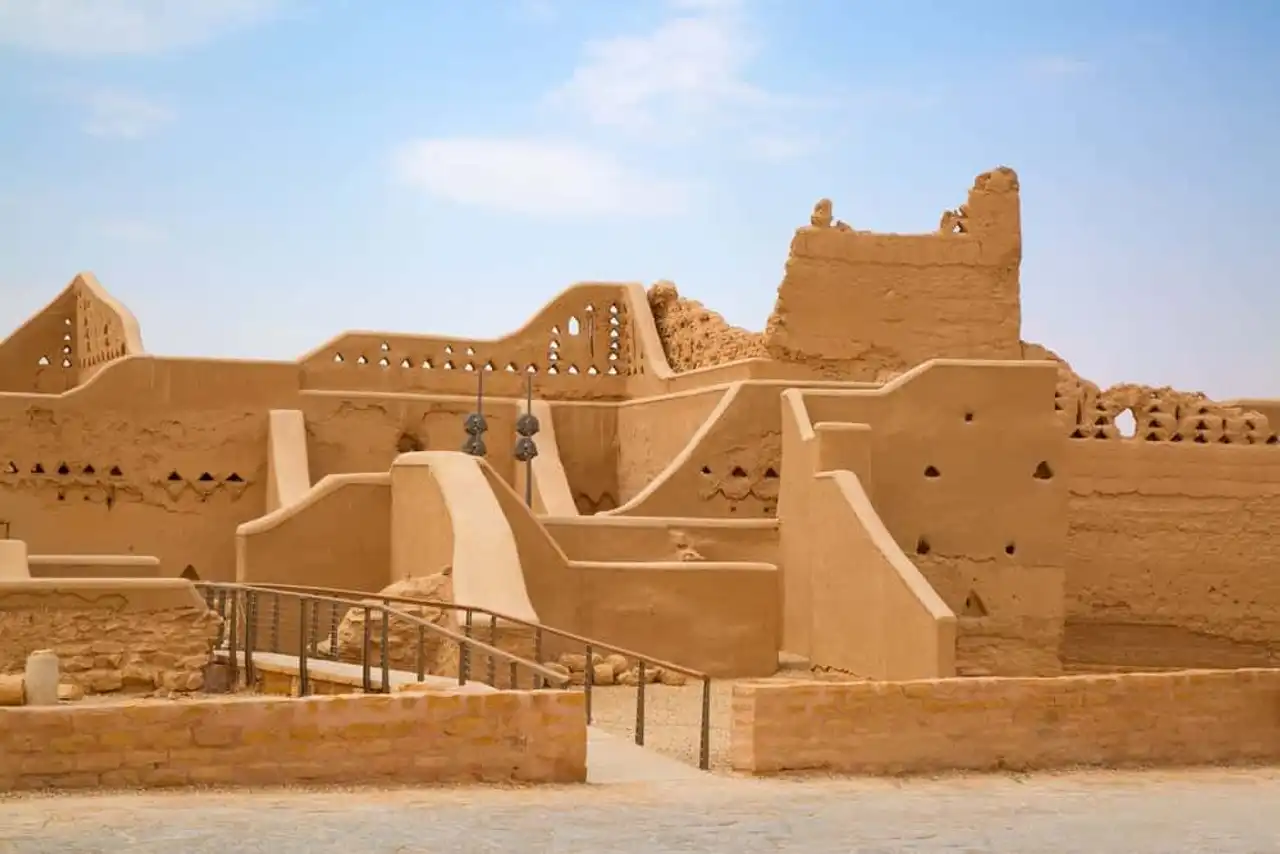
Photo credit: Shutterstock – Fedor Selivanov
- Conservation condition: ★★★★★
- Public knowledge: ★★★★
- Historical influence : ★★★★
Founded in the 15th century, the Dir’iyah site hosted the first capital of the Saudi dynasty. Today, the At-Turaif district is home to an architecturally representative set of the nadji style, characteristic of the Arabian Peninsula.
This citadel is one of the most important archaeological sites of Saudi Arabia in several titles. On the one hand, it was for centuries a place of essential political and religious power, since which the Islamic reform in Arabia has spread. On the other hand, the remains of its palaces and houses are particularly well preserved and renovated, and constitute a vivid testimony of the past.
All this makes it an essential site to visit, that its situation close to Riyadh makes it easier to access.
3. Tayma
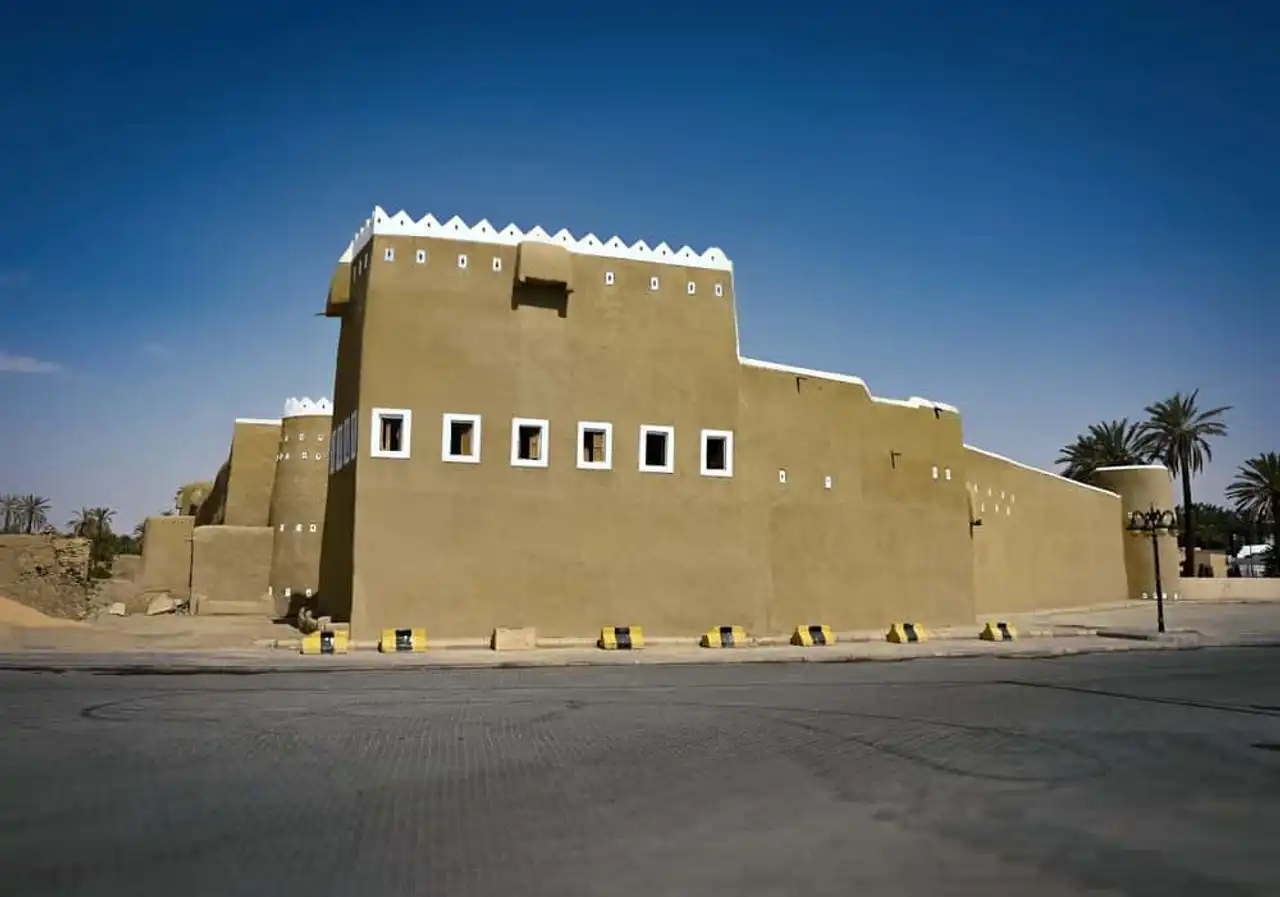
Photo credit: Shutterstock – Mohammed Riyas
- Conservation condition: ★★★★
- Public knowledge: ★★★★
- Historical influence : ★★★★
Tayma is one of the oldest human occupancy sites in the Arabian Peninsula. In 2016, there was even a human bone aged 90,000. But there were also many fossil animals, as well as cultural and artistic vestiges of different periods. It must be said that the place has long been a key oasis, before the desertification of the peninsula.
Tayma was an important seat for various kingdoms, including that of the Babylonian king Nabonidus. Moreover, the city is mentioned in the Bible, but also in aramean inscriptions dating from the first millennium BC. Today you can discover a spectacular well, called Bir Haddaj and built under Nabonidus. In addition, the site welcomes an interesting archaeological museum.
Finally, do not miss the remains of the palace as well as the amazing fendu rock of this important archaeological site of Saudi Arabia.
4. Dumat al-Jundal
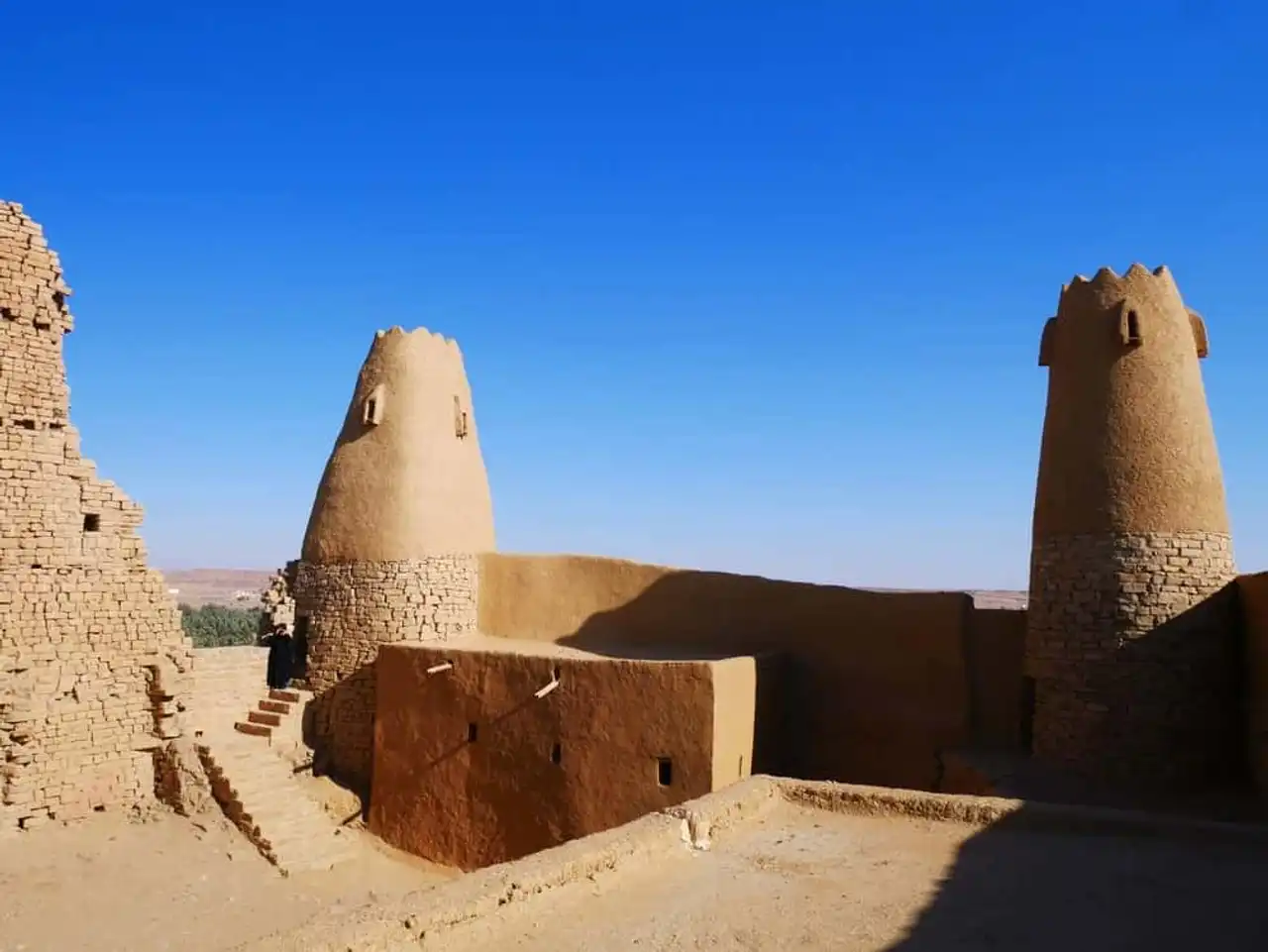
Photo credit: Shutterstock – Mei-Hui Huang
- Conservation condition: ★★★★
- Public knowledge: ★★★
- Historical influence : ★★★★
Located northwest of Saudi Arabia, Dumat al-Jundal is an ancient city being restored. Its location was not left to chance: it was a crossroads of commercial routes linking Mesopotamia, Syria and the Arabian Peninsula. This city was an important place of power and already mentioned in the writings of the 10th century BC. It was in the hands of the Nabateans and the Romans before being conquered in 633 by the Islamic Empire.
Today, the amazing silhouette of the remains of the Qasr Marid fortress marks the landscape. At its side stands the minaret of the Omar ibn al-Khattab mosque, built in the seventh century. Moreover, the ruins of ancient villages and the wall remind the living past of what was a dynamic and powerful oasis.
5. Ile de Tarout
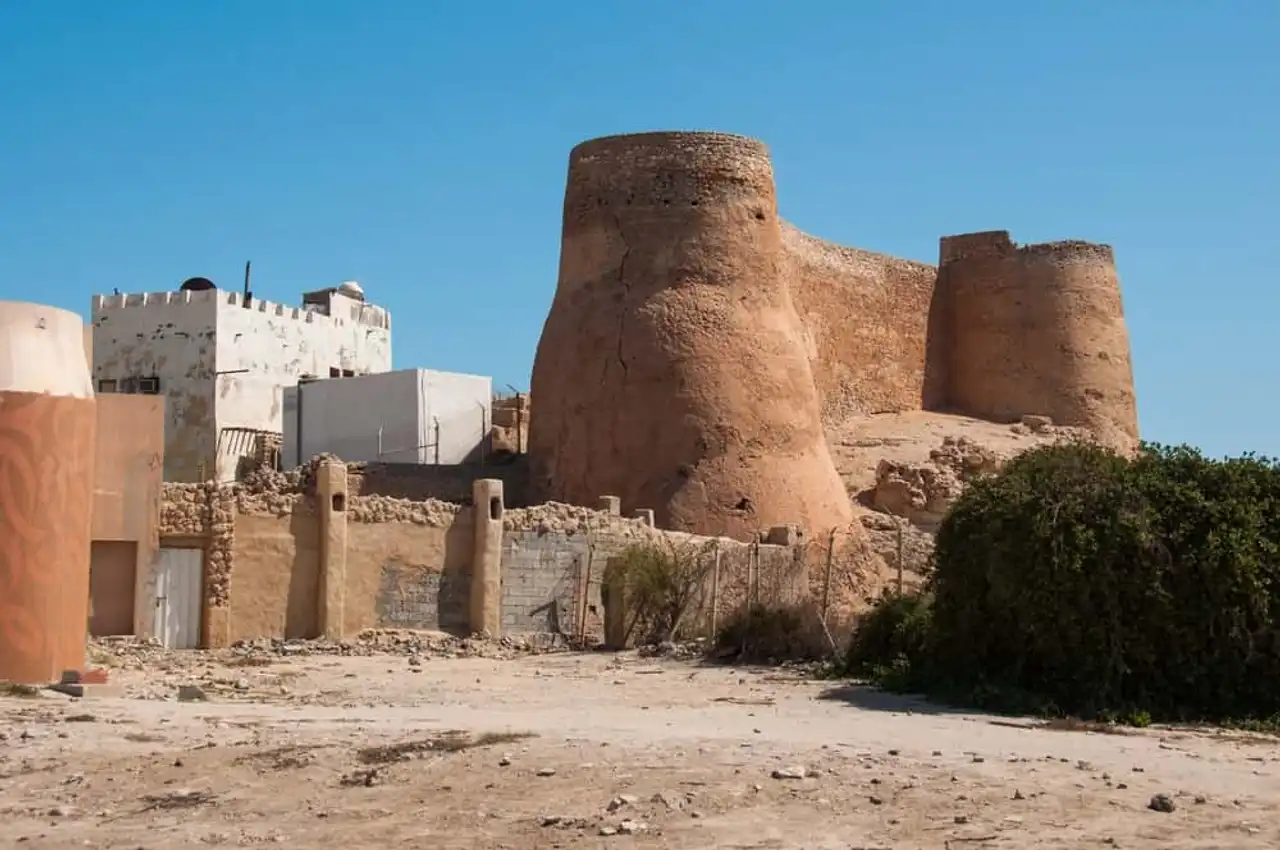
Photo credit: Shutterstock – Hugo Brizard – YouGoPhoto
- Conservation condition: ★★★★
- Public knowledge: ★★★
- Historical influence: ★★★
Located on the Persian Gulf, Tarout Island is an important archaeological site of Saudi Arabia. Indeed, it is one of the oldest settlements in the region, already inhabited in 5,000 BC. In particular, it was at the heart of the powerful Dilmun empire that marked History from the ancient Mesopotamia.
The island has been for millennia a major trading hub. Through the excavations, there was a multitude of statues and pottery, for many exhibited at the Riyadh Museum. The most emblematic of these discoveries is a pure gold statue representing a goddess.
Beyond these treasures, the architectural remains are still numerous on the island and testify to its life in various times. The most emblematic monument is the imposing castle, whose four towers watch on the island and its current inhabitants.
6. Art Rupestre of the region of Hail
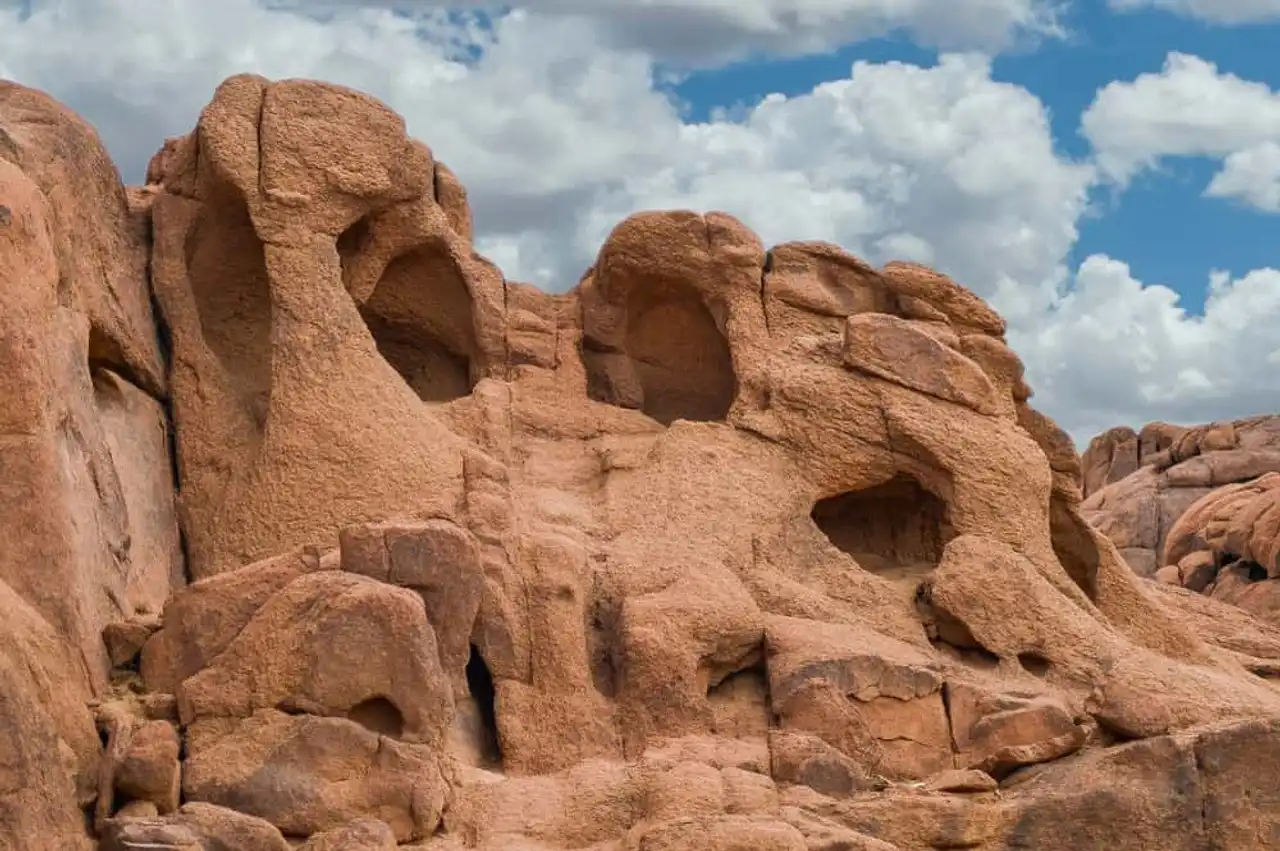
Photo credit: Shutterstock – alelaimi
- Conservation condition: ★★★★
- Public knowledge: ★★★
- Historical influence : ★★★★
Rupestrian art in the region of Hail focuses on two sites: djebel Umm Sinman in Jubbah and djebels al-Manjor and Raat in Shuwaymis. They are home to representations that cover almost 10,000 years of human history, which earned them a World Heritage designation.
Today desert, the region once offered more clementing conditions that allowed the early installation of populations. Over the millennia, environmental changes have led to changes in human occupation without ever extirpating it.
However, the successive populations of the region documented their existence in the rock and landscape components. Thus, today, Hail is home to the largest and richest art ensemble in this region of the world. It is a kind of an incredible open-air library, made up by generations of artists and craftsmen over several millennia.
7. Hima Cultural Area
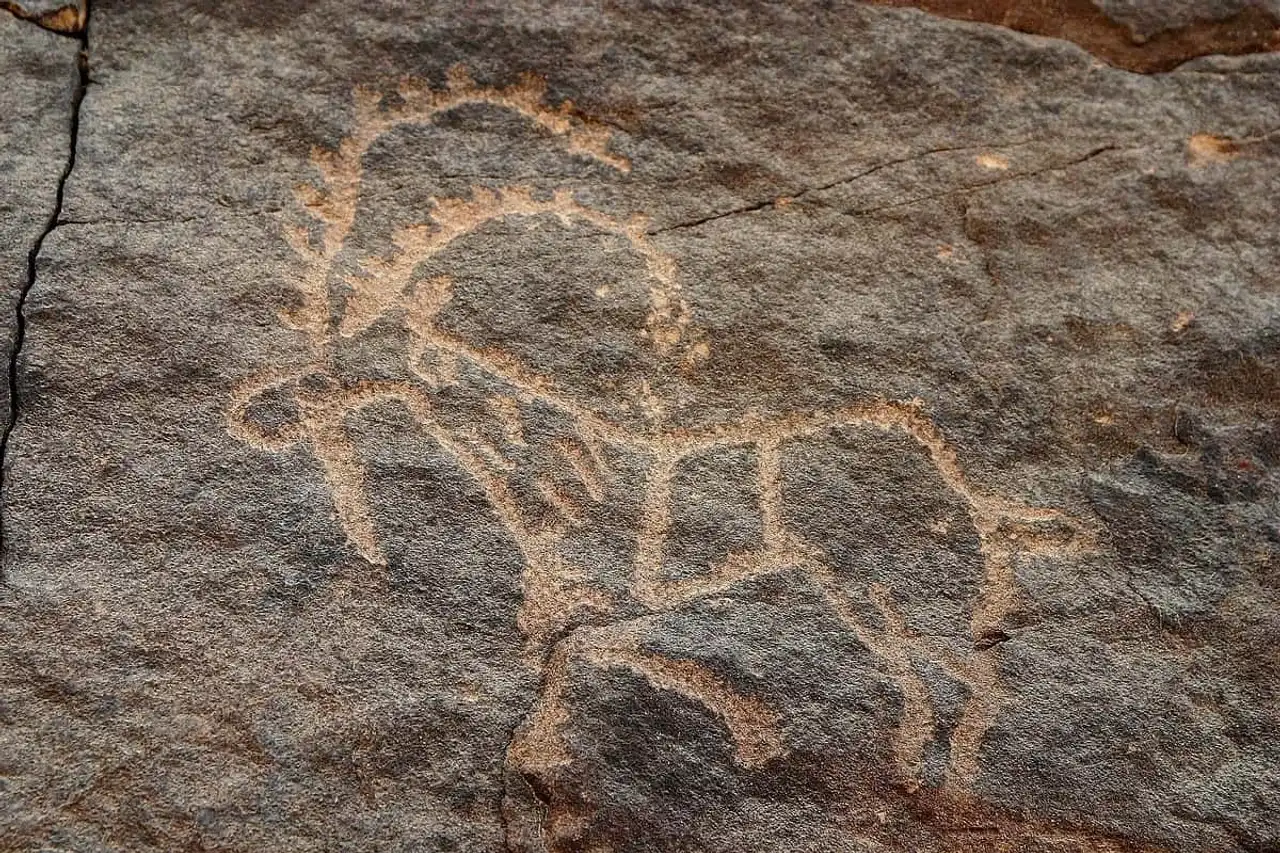
Photo credit: Wikimedia – retlaw snellac
- Conservation condition: ★★★★
- Public knowledge: ★★★★
- Historical influence : ★★★★
The cultural area of Hima is the last archaeological site in Saudi Arabia to have joined the World Heritage list in July 2021. Located in the south-west of the country, this mountainous and arid region was once an important milestone in caravan roads.
For example, for 7,000 years and up to the twentieth century, many merchants and military personnel travelled or stayed there. They left behind a multitude of prints, engraved in the rock.
In addition to being very numerous and dating from different eras, these are diverse and generally well preserved. The drawings cohabit with inscriptions in a multitude of alphabets ranging from Arabic-Nabaten to Greek. Thus, it is a long and rich history that is staged especially alive on the rocky walls of Hima. In addition, the area has not yet been searched, but houses many former burials, structures and wells. The History of Hima has not finished writing!
After having announced no less than ten archaeological discoveries in 2017 and made Al-‘Ula a real open-air museum, Saudi Arabia continues to multiply the excavations. Thus, it would not be surprising that this list continues to grow in the coming years!





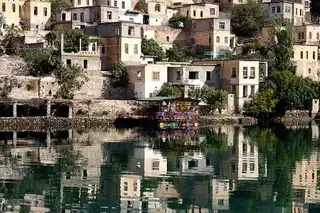

Loading comments ...